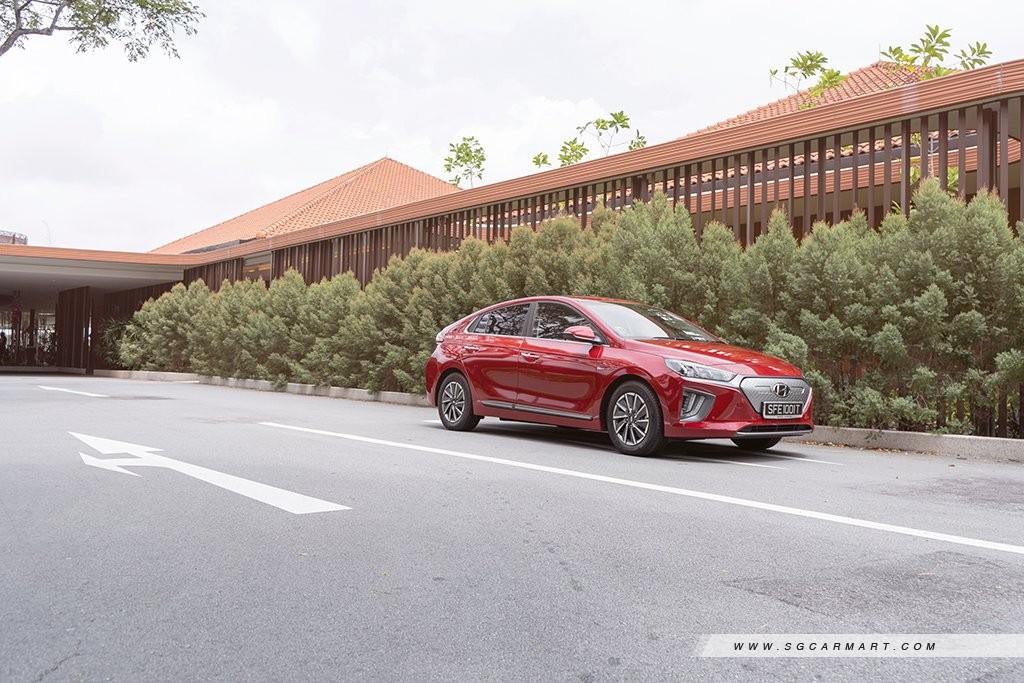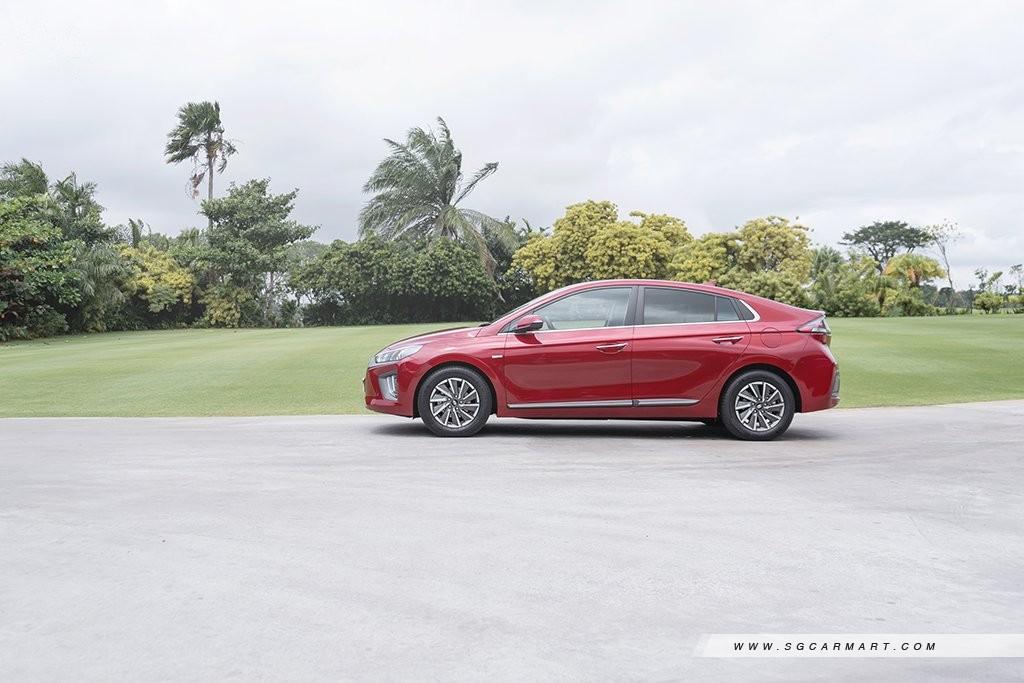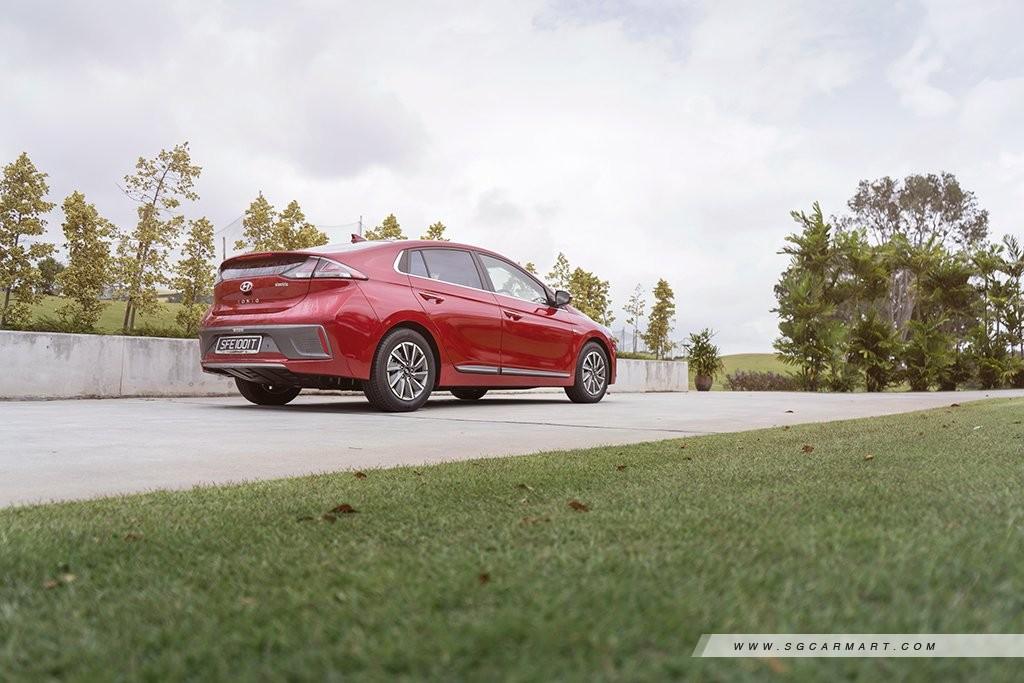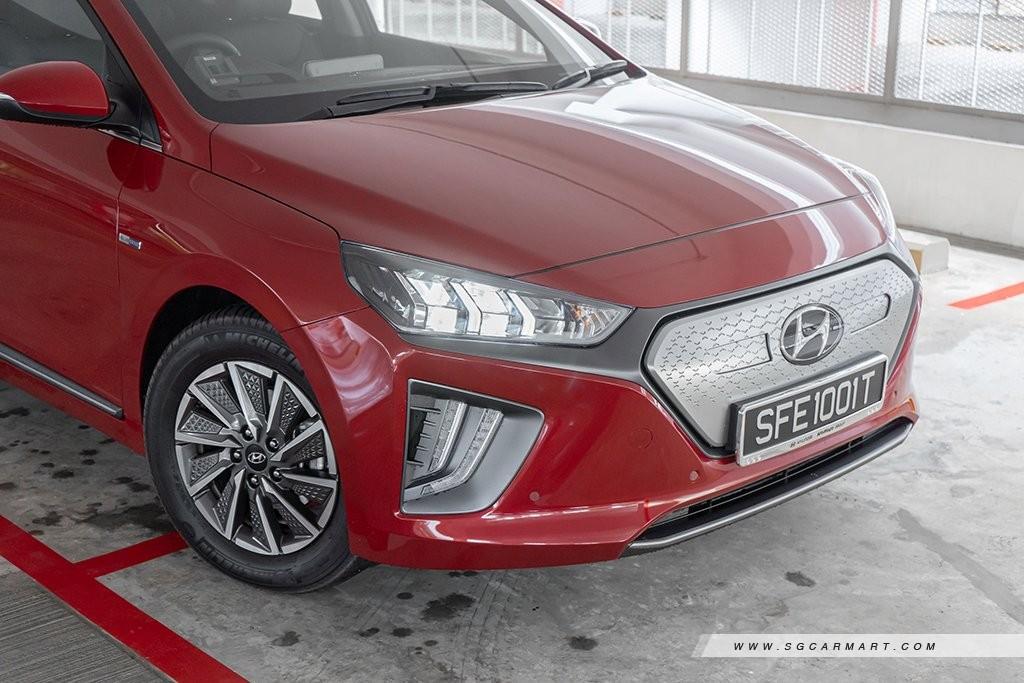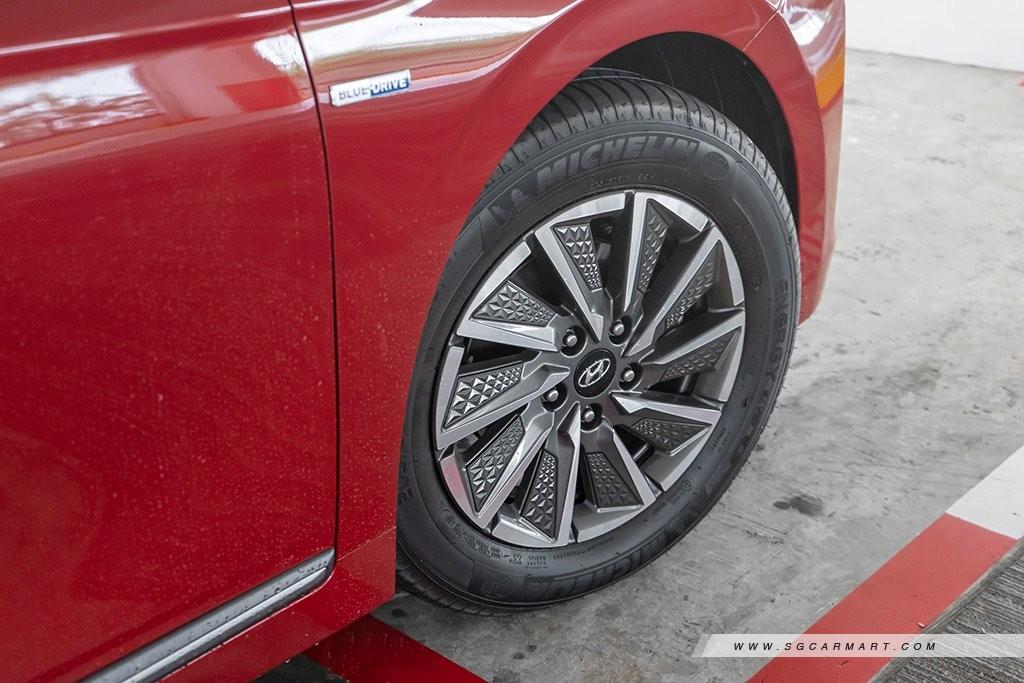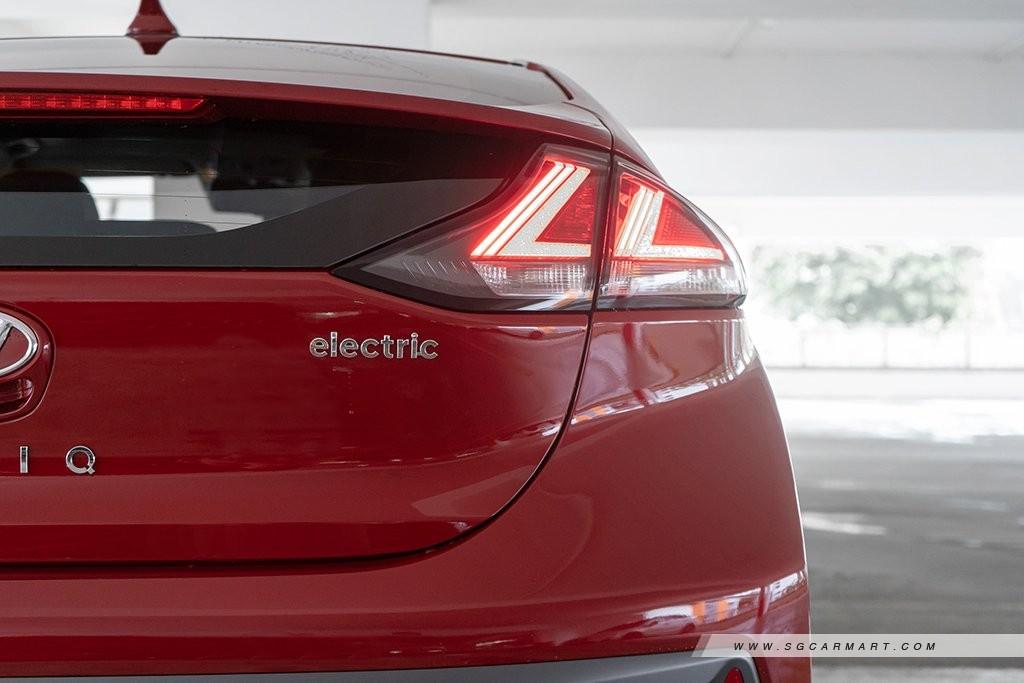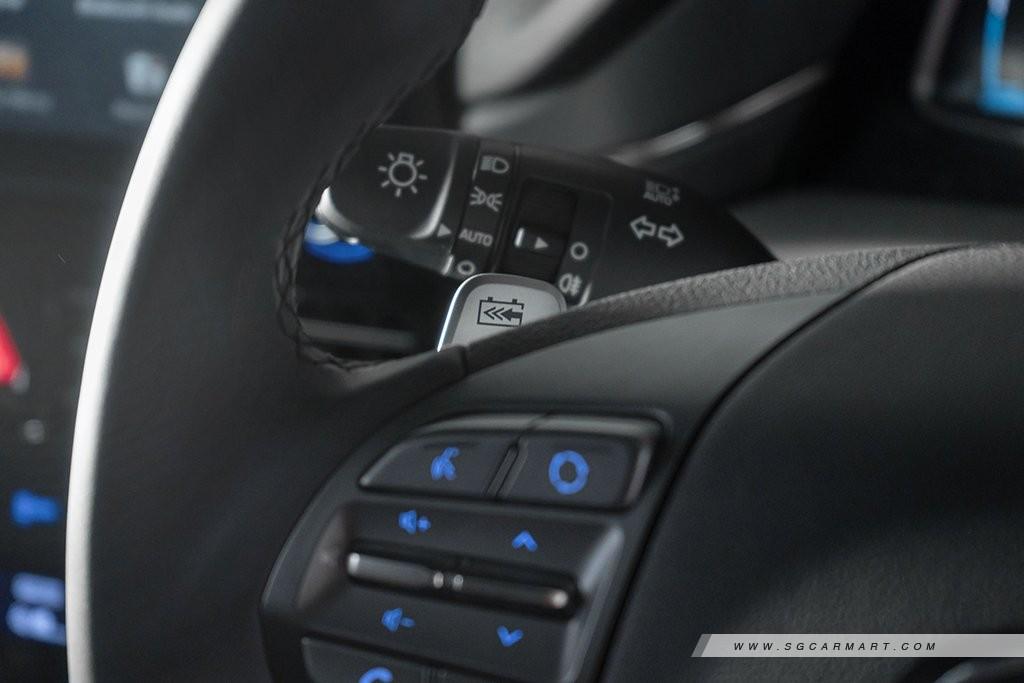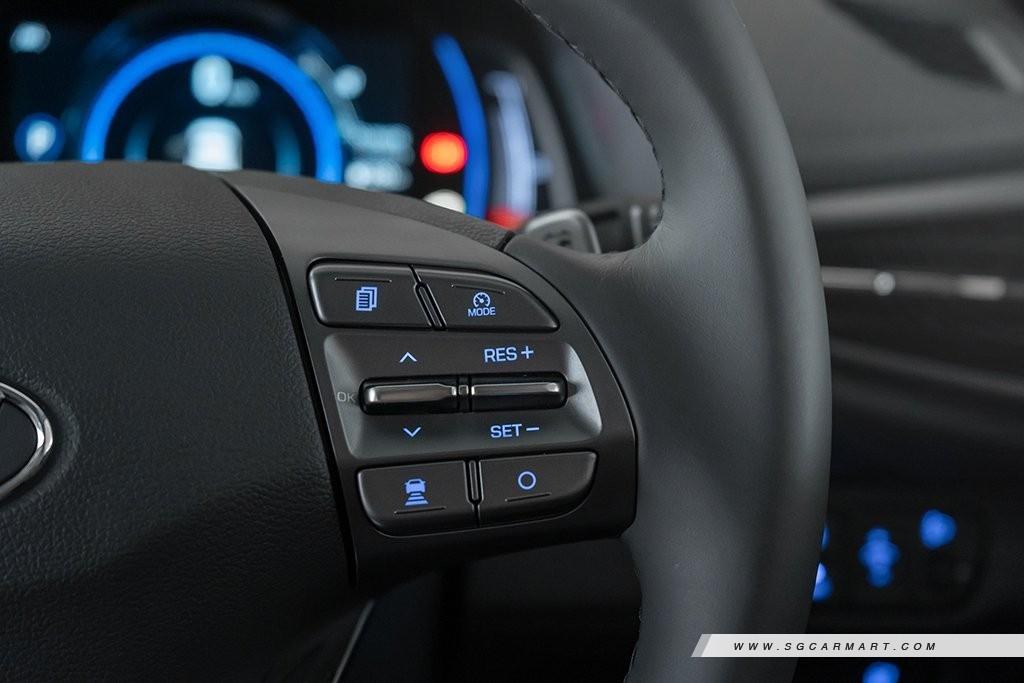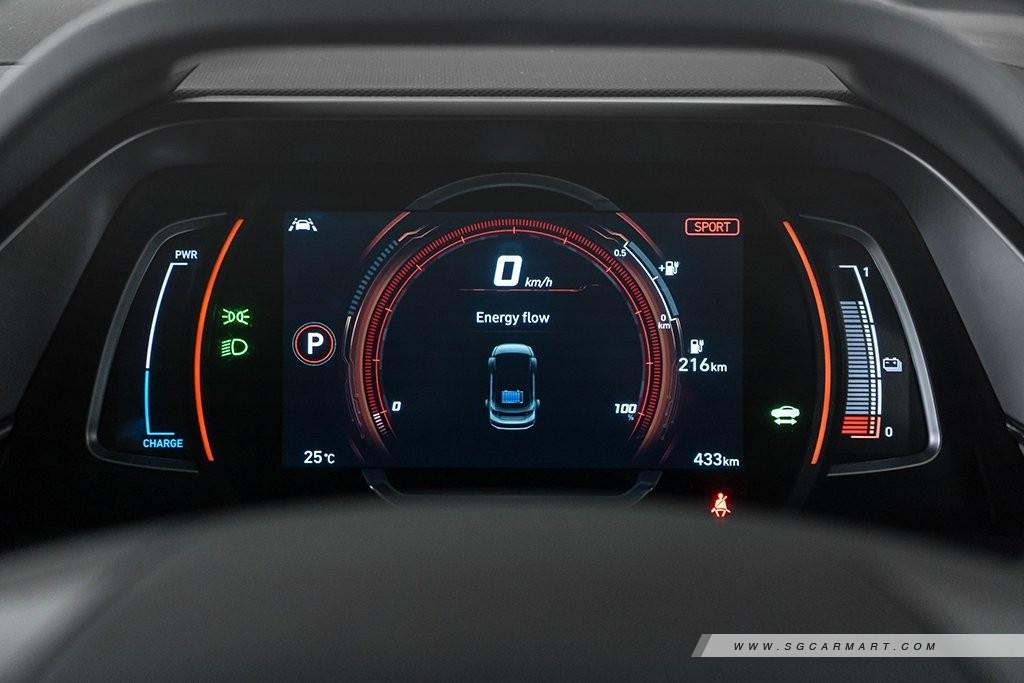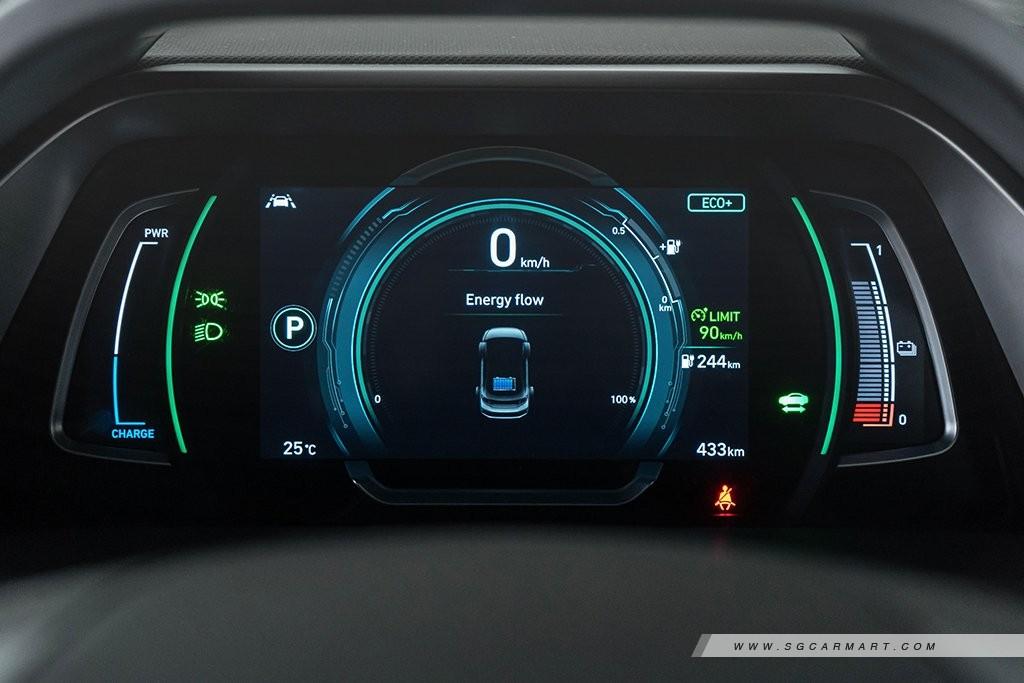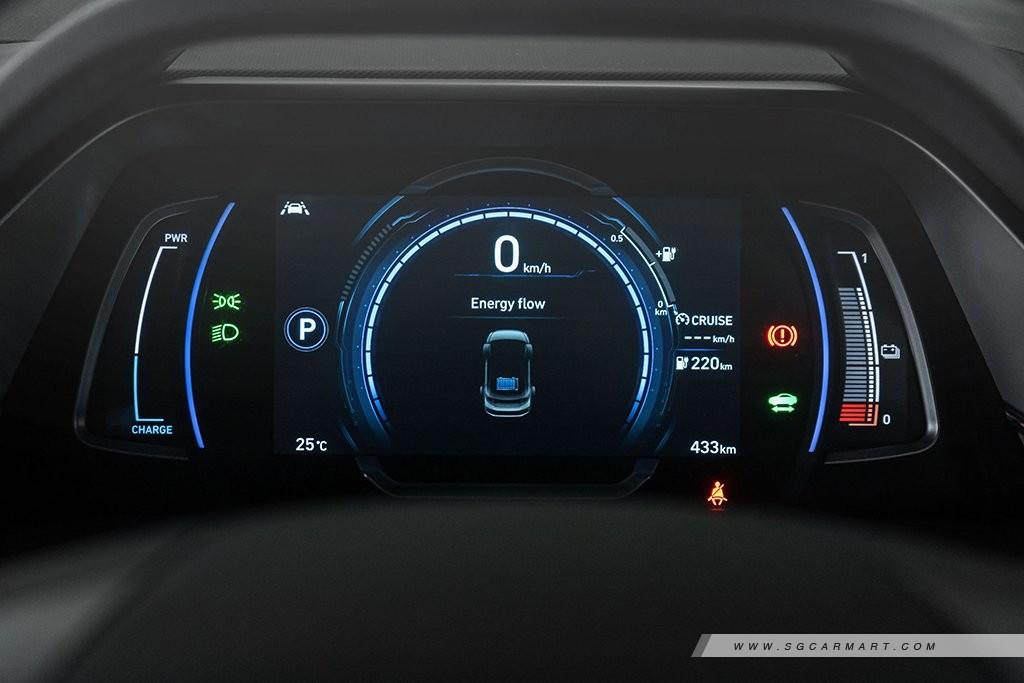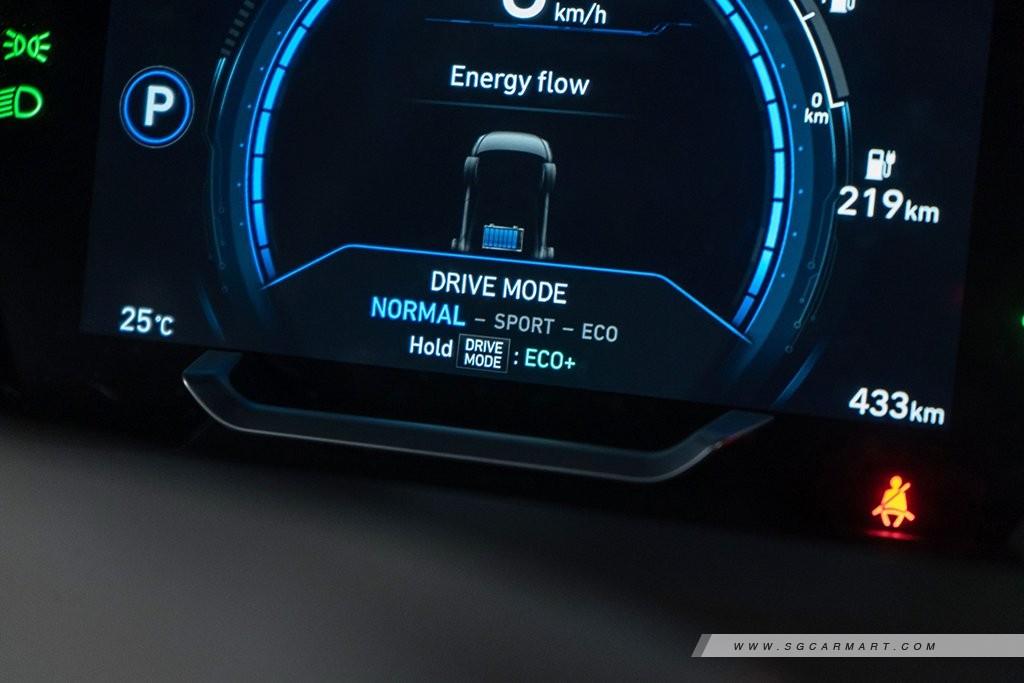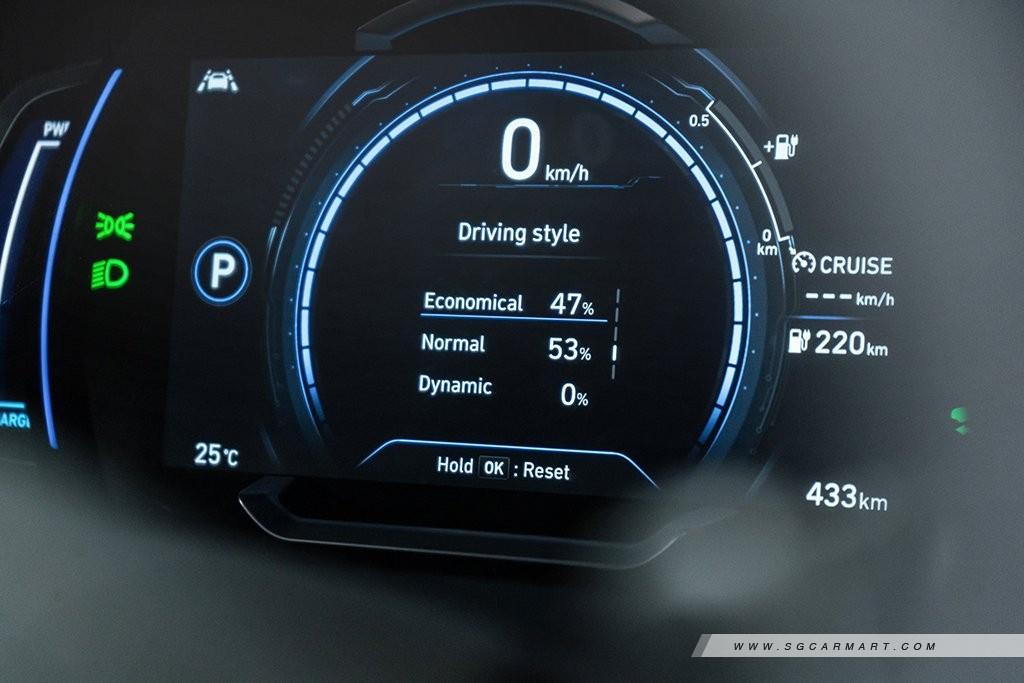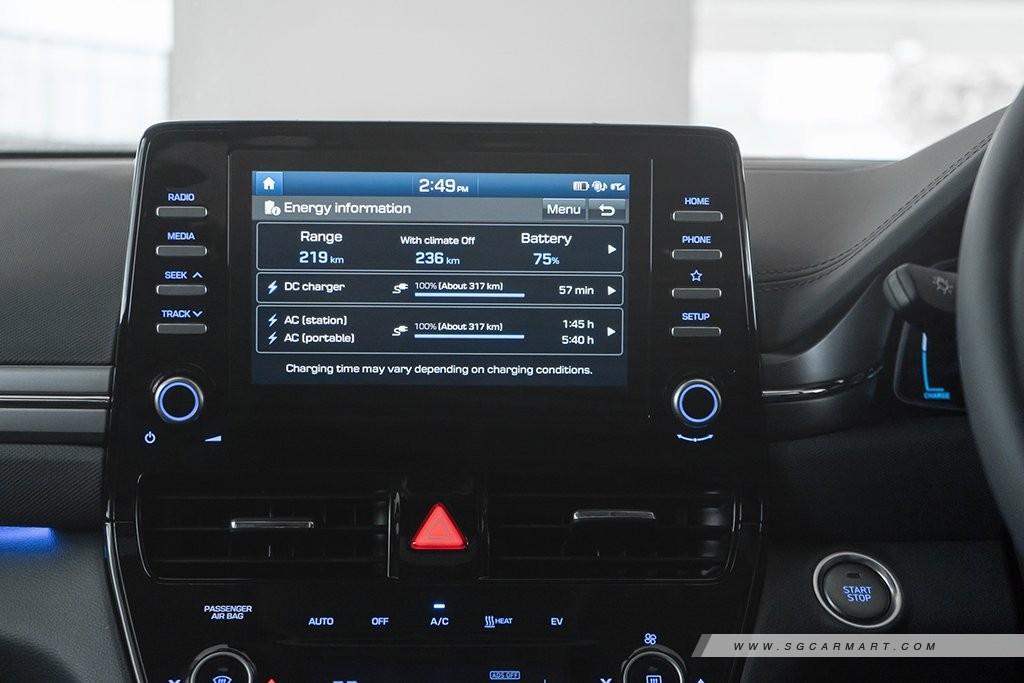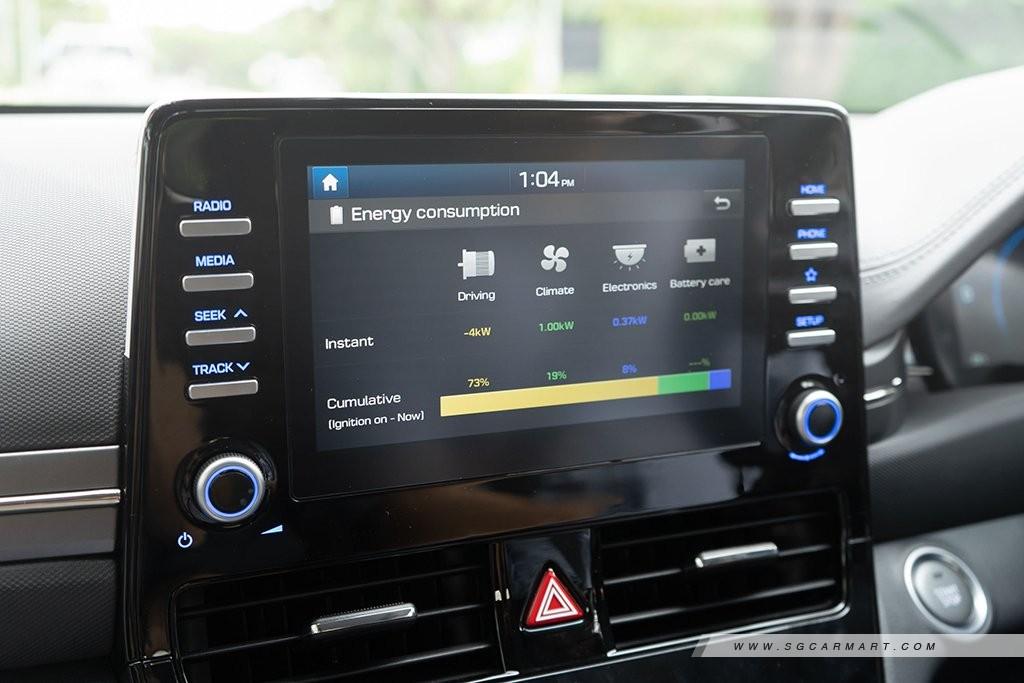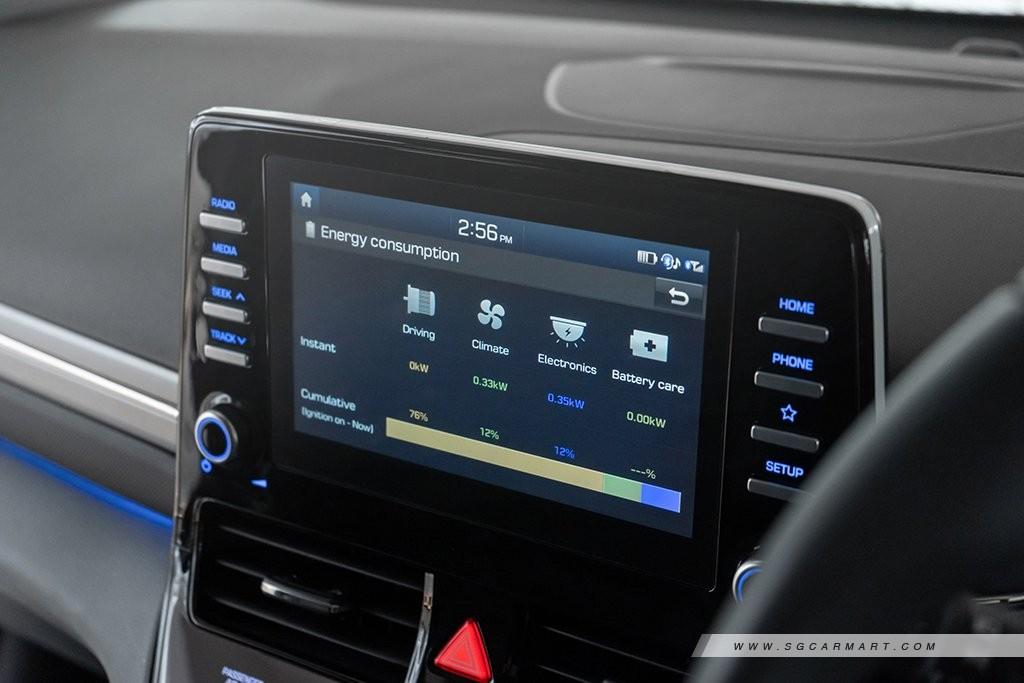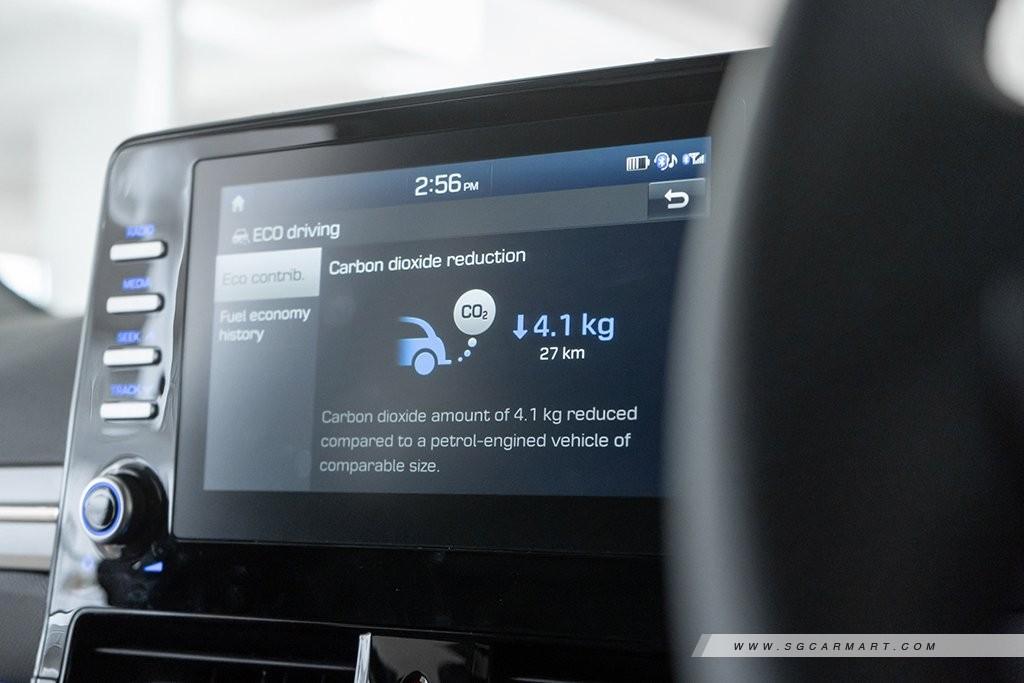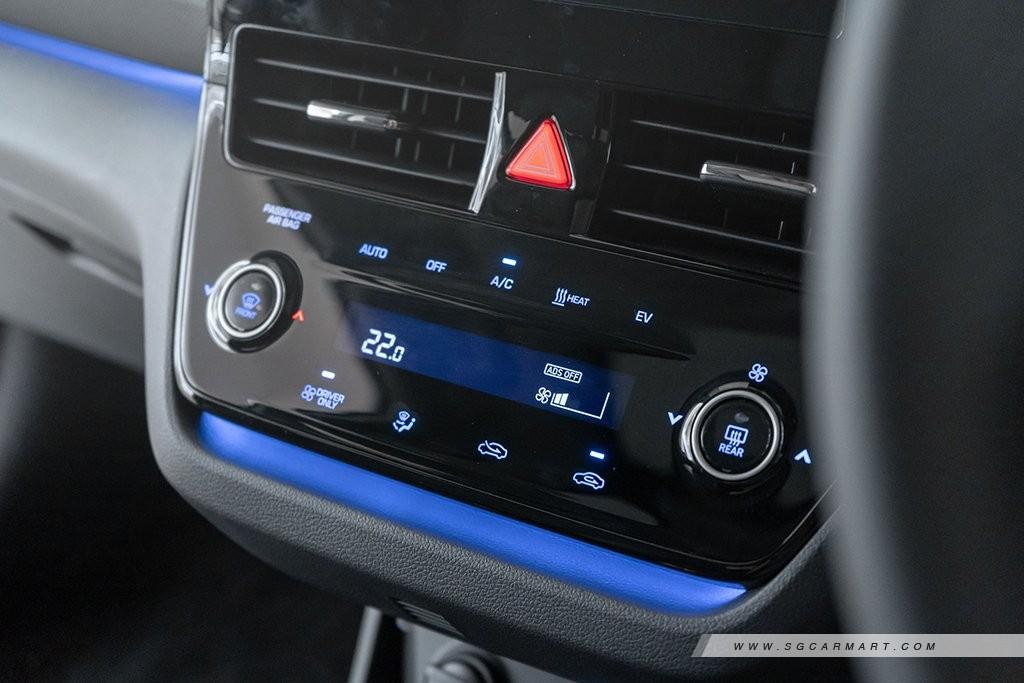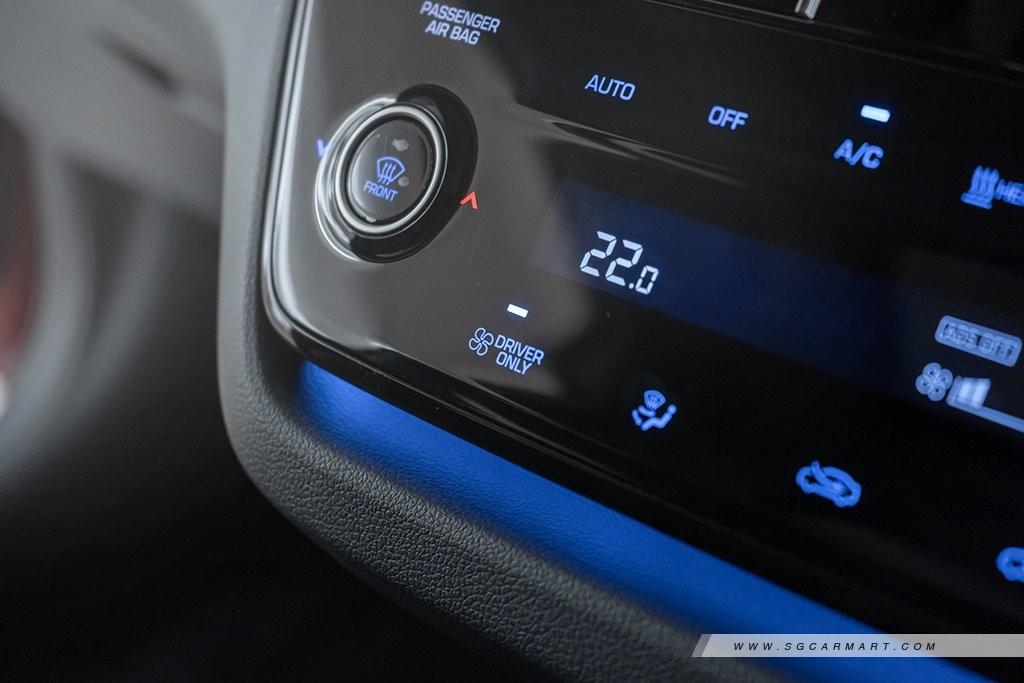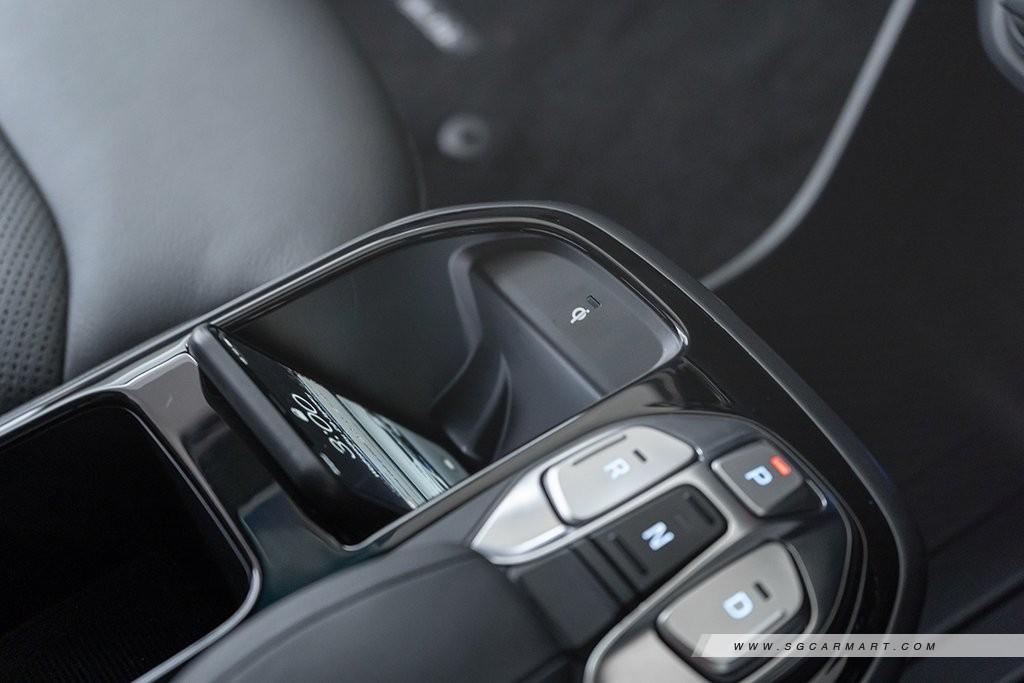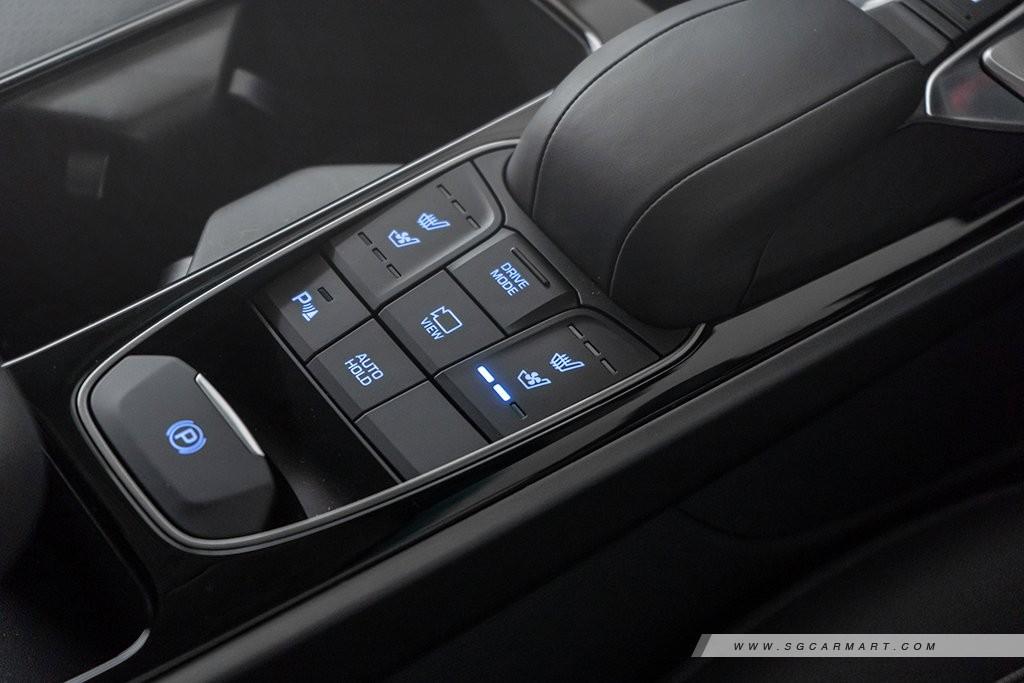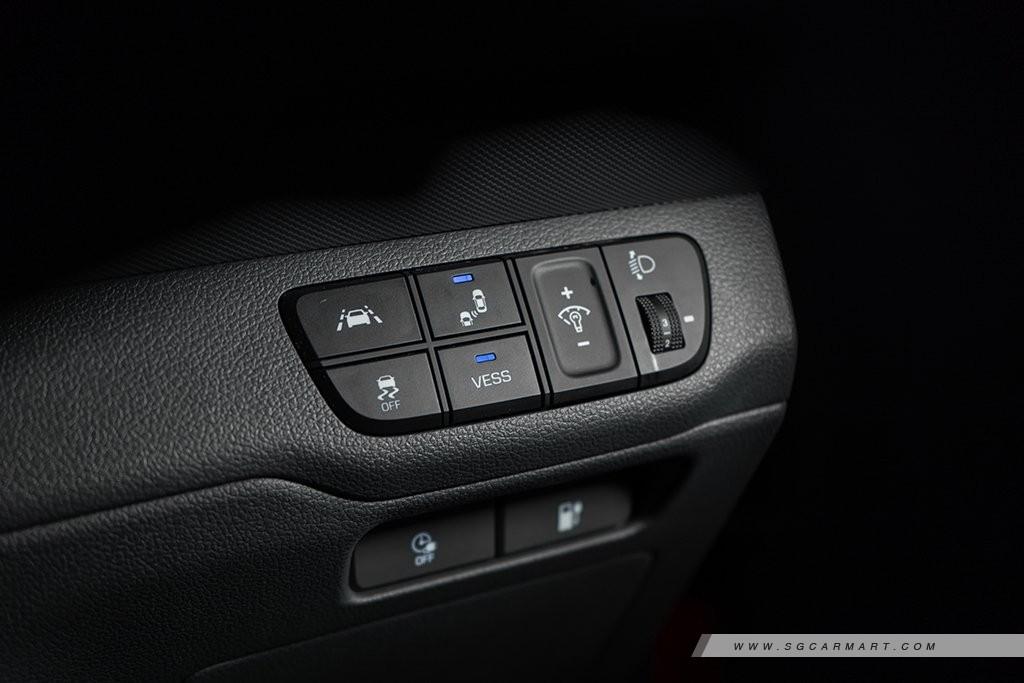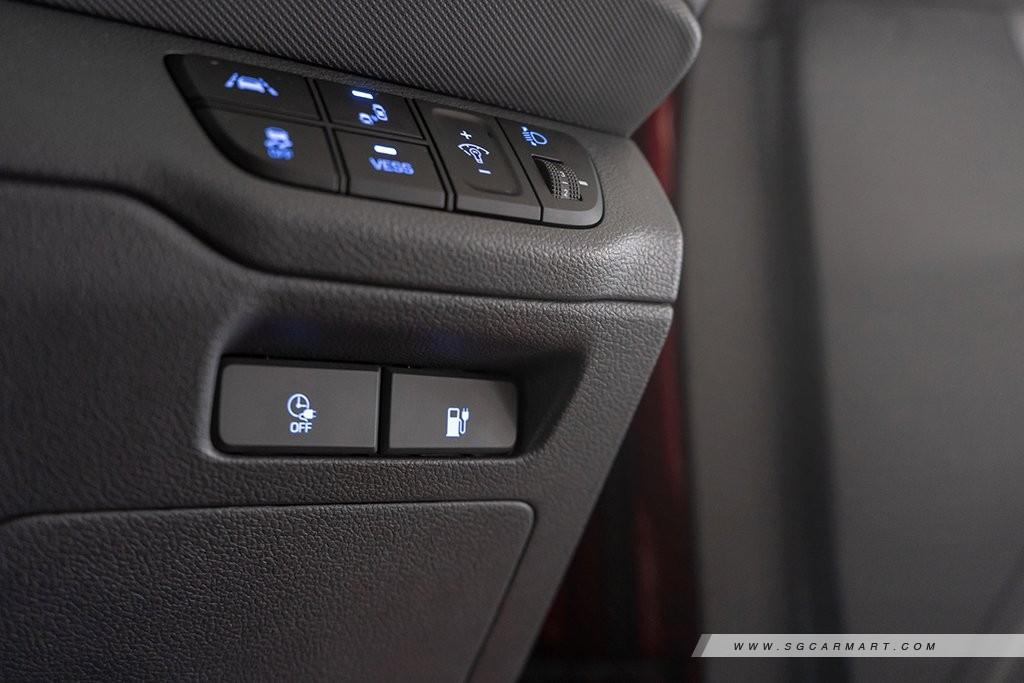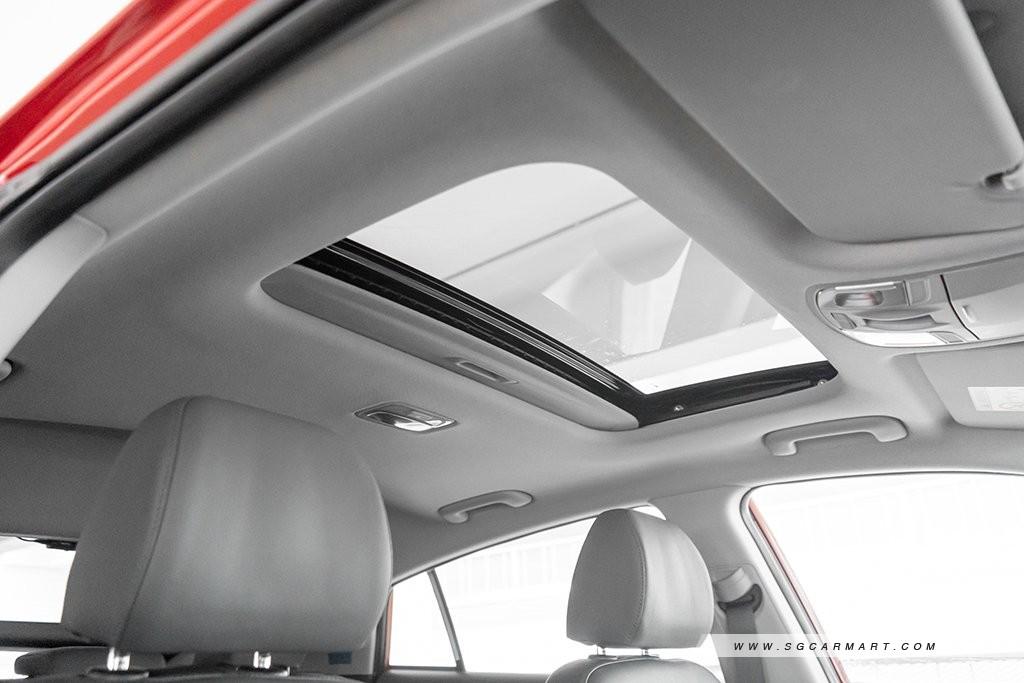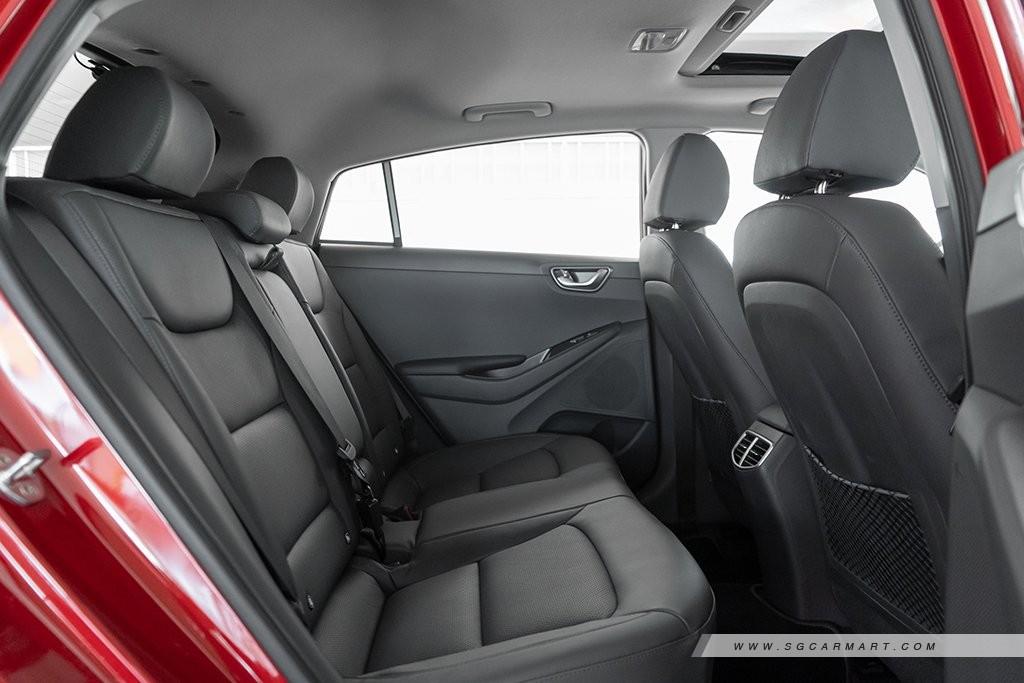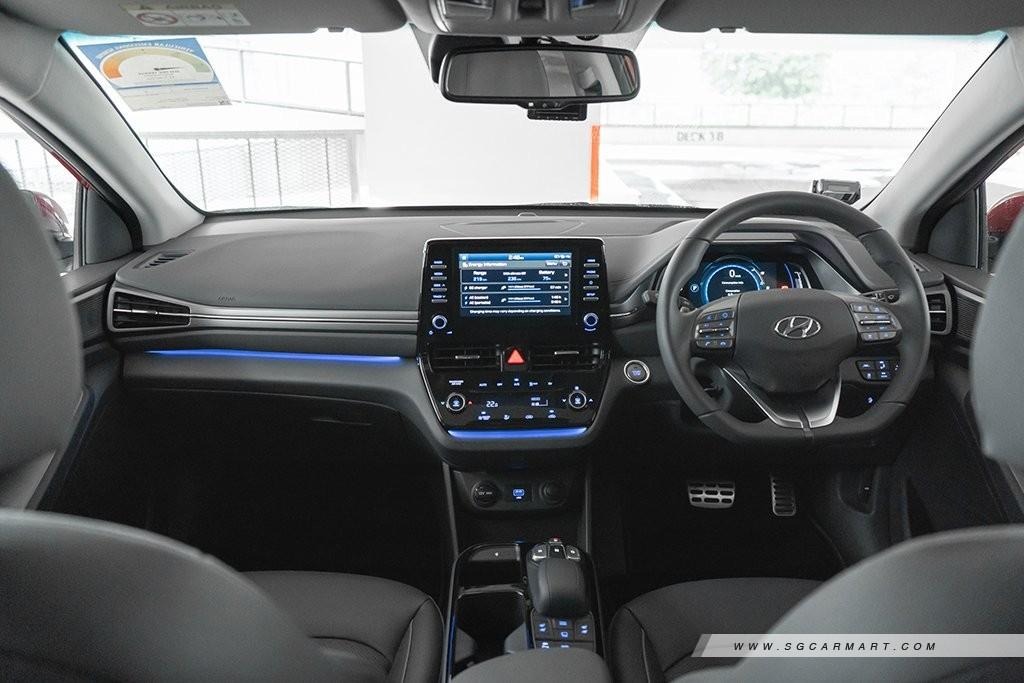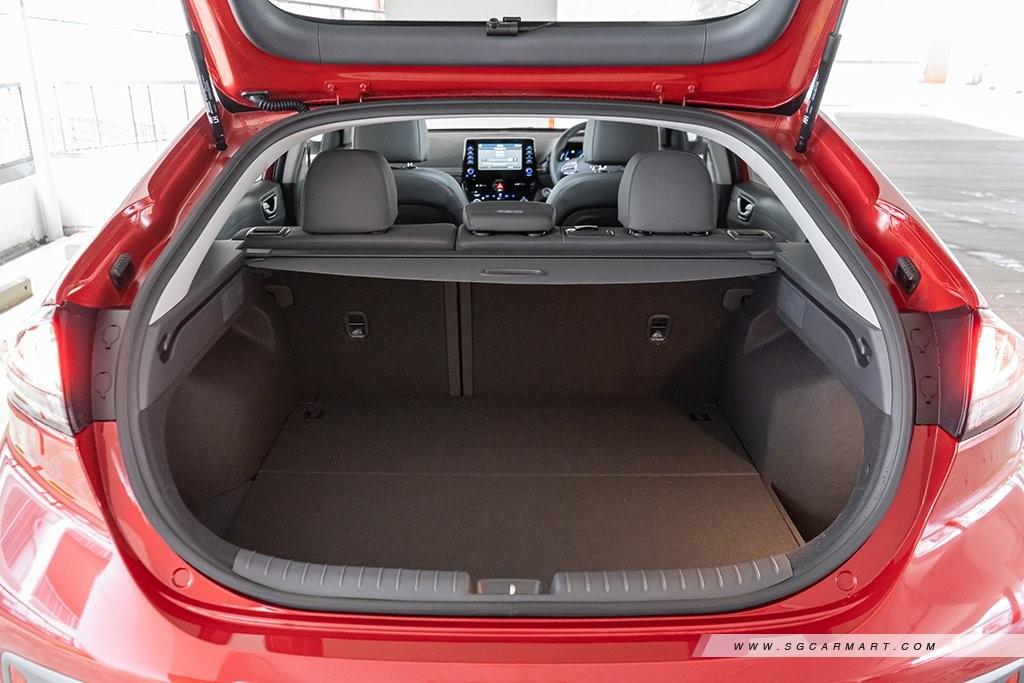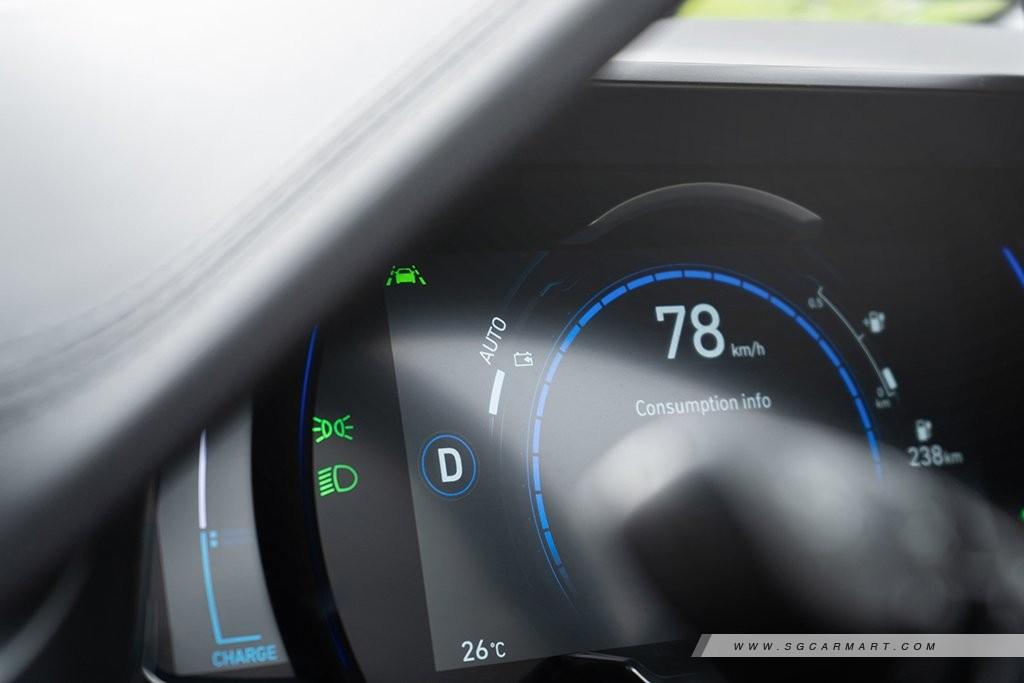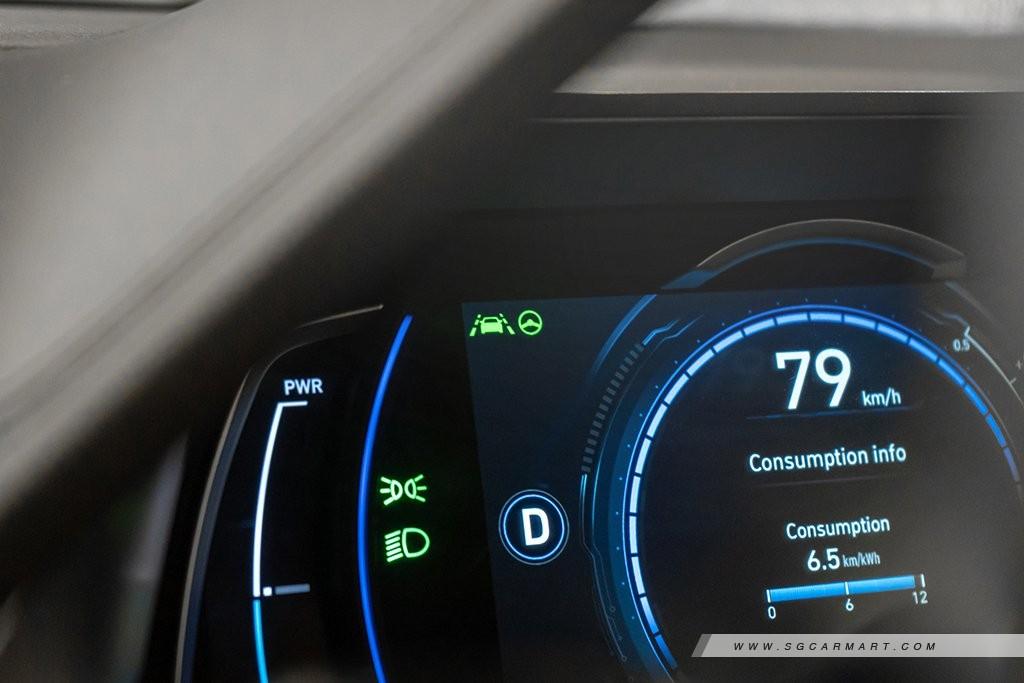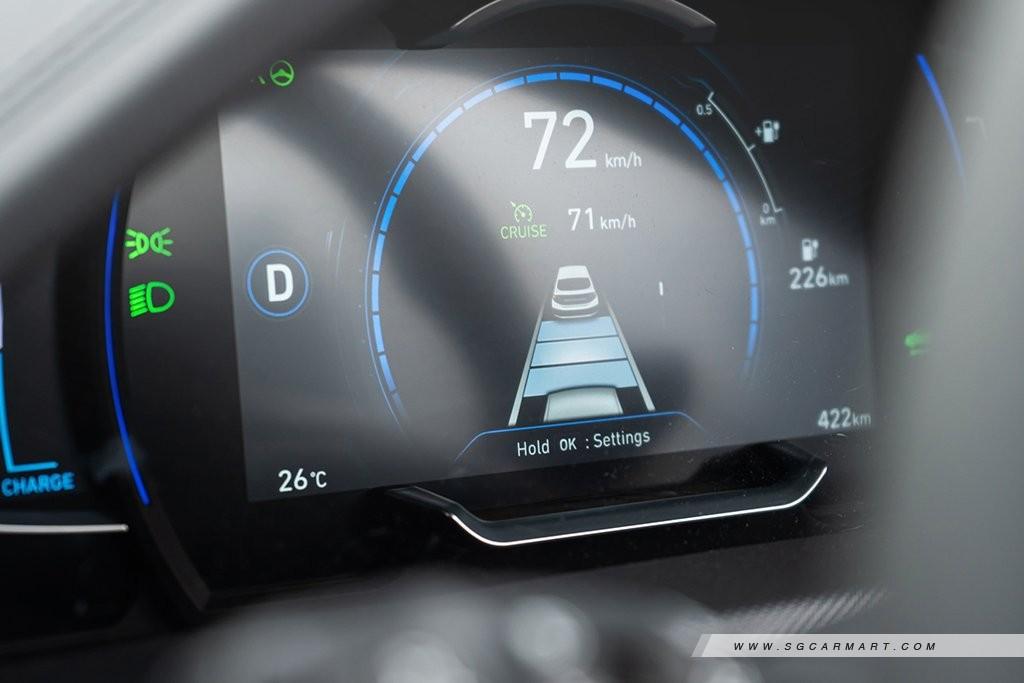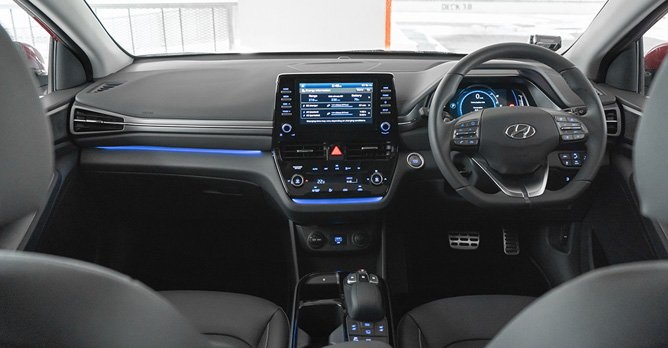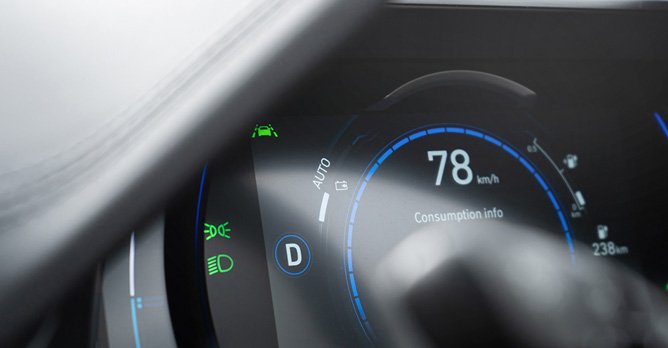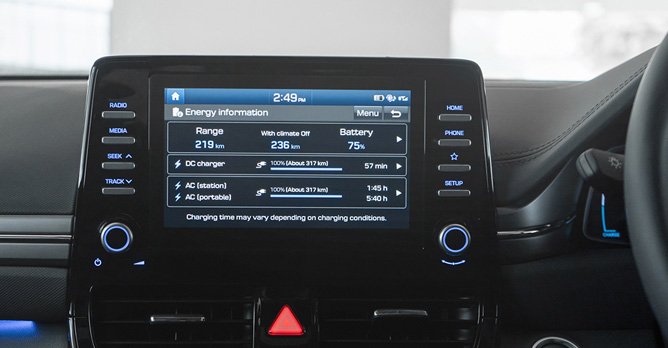Hyundai Ioniq Electric 38.3kWh Sunroof (A) Facelift Review
03 Feb 2020|9,657 views
Facelift (What's New)
Improved range and power from a 38.3kWh battery and 134bhp electric motor
Redesigned LED Daytime Running Lights as well as head and taillights
8.0-inch touchscreen display with Android Auto and Apple CarPlay
When Hyundai first unveiled the Ioniq in 2016, it was the first car to be designed from the ground up to house the three options of hybrid, plug-in hybrid, and purely electric drivetrains.
So naturally, having just finished testing the facelifted Ioniq Hybrid, we now step into the other end of the electrification spectrum with the facelifted Ioniq Electric, so you know which of the sister cars would be a better suit for your commuting needs.
A tale of two sisters
Styling wise, Hyundai has brought the two sister cars closer together. I found the Ioniq Hybrid to be altogether homely and sensible when I tested it and it seems like Hyundai's designers have opted for the same philosophy when redesigning the Electric.
At the front, the Electric has lost its standout bluff grille, and now sports a matt silver one embossed with geometric patterns that likewise mimic the cascading grille of many other Hyundais.
The interior has also lost its most distinctive design touch: The bronze accents on the air-conditioning vents and centre console. Instead, you get an 8.0-inch infotainment display that 'floats' above the dashboard, again, as per many of the new cars out there.
The net effect of these cosmetic changes allow the Electric to blend effortlessly with the rest of traffic. So while I think the new car has been aesthetically sharpened, those looking for an electric vehicle that will turn heads ought to shop elsewhere, unless of course, you're willing to drive this thing hard.
Strong, silent type
On the go, the increased output of the facelifted car is certainly welcome. The Ioniq Electric delivers exactly what you would expect of 295Nm of torque and 134bhp, with mighty quick acceleration off the line which only tapers off as you approach highway speeds.
Once there, the combined wind and tyre noise conspire to make the car only marginally quieter than a normal petrol-powered car.
The Electric is much more accomplished tackling city streets though. I typically do not enjoy one-pedal driving but the Ioniq Electric's setup allows you to make smooth changes of speed without delicate footwork. Three regenerative levels are available, or you can opt to have the car decide for itself based on its distance from the car in front.
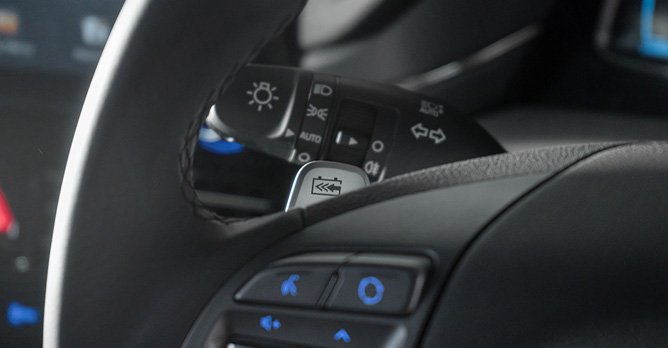
For those thinking of heading down for a test drive, holding down the right paddle shifter allows you to toggle the automated regenerative braking on and off, while holding the left paddle will allow you to bring the car to a complete stop without stepping on the brake pedal.
Turn the regenerative braking completely off and the Electric does a very good job of conserving momentum. Driven this way, you quickly find yourself flooring it to the speed limit and then simply letting the car cruise until the next set of traffic lights, making commuting a nearly mindless affair.
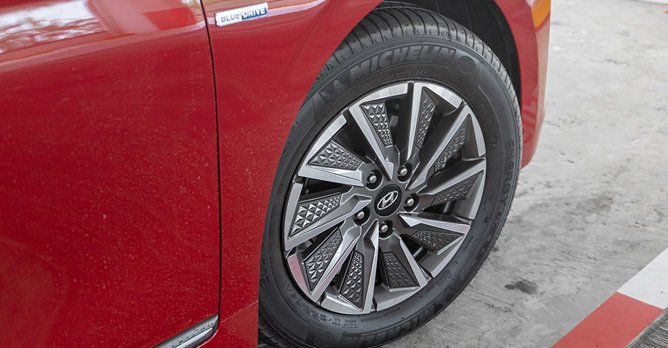
Oh, and if you want to capture the attention of nearby pedestrians, the Ioniq Electric is happy to oblige with plenty of wheelspin when you stomp the accelerator pedal going out of corners. Who says eco-conscious motoring has to be completely devoid of fun?
Low-maintenance girl
Those with easy access to a Type 2 7.2kW charger will find keeping the Ioniq Electric's batteries primed a real breeze. Hyundai's official range for the Electric with its new 38.3kWh lithium-ion battery stands at 311km, while the new motor brings official efficiency figures to 8.5km/kWh.
Our test car, however, informed us that the available range stood at 322km with a 95% state of charge with a real-world driving efficiency of 7.0km/kWh.
Add to this the fact our first day of driving racked up 86km on the odometer, while the stated available range only went down by 60km, and it seems to me that Hyundai's engineers have tuned in a sizable degree of overhead to account for battery deterioration.
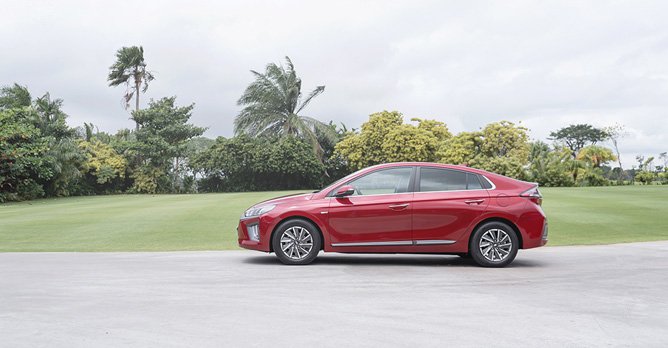
With 50% charge left in the battery, the car advised a charging time of three hours and 30 minutes to reach 100%, and it accordingly took me a charge time of three hours and 15 minutes to bring the battery to a 95% state-of-charge.
This was despite the Greenlots charging app informing me that I only achieved an actual charging rate of 6.1kW.
The pair of facelifted vehicles now delivers plenty of intelligent features and inoffensive styling that give them mighty appeal for a mass market. With prices starting from $155,999 (as of 31 January 2020) for the base model, the Electric sister may require a little more wooing, but returns with heightened intelligence and an unorthodox drivetrain.
Facelift (What's New)
Improved range and power from a 38.3kWh battery and 134bhp electric motor
Redesigned LED Daytime Running Lights as well as head and taillights
8.0-inch touchscreen display with Android Auto and Apple CarPlay
When Hyundai first unveiled the Ioniq in 2016, it was the first car to be designed from the ground up to house the three options of hybrid, plug-in hybrid, and purely electric drivetrains.
So naturally, having just finished testing the facelifted Ioniq Hybrid, we now step into the other end of the electrification spectrum with the facelifted Ioniq Electric, so you know which of the sister cars would be a better suit for your commuting needs.
A tale of two sisters
Styling wise, Hyundai has brought the two sister cars closer together. I found the Ioniq Hybrid to be altogether homely and sensible when I tested it and it seems like Hyundai's designers have opted for the same philosophy when redesigning the Electric.
At the front, the Electric has lost its standout bluff grille, and now sports a matt silver one embossed with geometric patterns that likewise mimic the cascading grille of many other Hyundais.
The interior has also lost its most distinctive design touch: The bronze accents on the air-conditioning vents and centre console. Instead, you get an 8.0-inch infotainment display that 'floats' above the dashboard, again, as per many of the new cars out there.
The net effect of these cosmetic changes allow the Electric to blend effortlessly with the rest of traffic. So while I think the new car has been aesthetically sharpened, those looking for an electric vehicle that will turn heads ought to shop elsewhere, unless of course, you're willing to drive this thing hard.
Strong, silent type
On the go, the increased output of the facelifted car is certainly welcome. The Ioniq Electric delivers exactly what you would expect of 295Nm of torque and 134bhp, with mighty quick acceleration off the line which only tapers off as you approach highway speeds.
Once there, the combined wind and tyre noise conspire to make the car only marginally quieter than a normal petrol-powered car.
The Electric is much more accomplished tackling city streets though. I typically do not enjoy one-pedal driving but the Ioniq Electric's setup allows you to make smooth changes of speed without delicate footwork. Three regenerative levels are available, or you can opt to have the car decide for itself based on its distance from the car in front.

For those thinking of heading down for a test drive, holding down the right paddle shifter allows you to toggle the automated regenerative braking on and off, while holding the left paddle will allow you to bring the car to a complete stop without stepping on the brake pedal.
Turn the regenerative braking completely off and the Electric does a very good job of conserving momentum. Driven this way, you quickly find yourself flooring it to the speed limit and then simply letting the car cruise until the next set of traffic lights, making commuting a nearly mindless affair.

Oh, and if you want to capture the attention of nearby pedestrians, the Ioniq Electric is happy to oblige with plenty of wheelspin when you stomp the accelerator pedal going out of corners. Who says eco-conscious motoring has to be completely devoid of fun?
Low-maintenance girl
Those with easy access to a Type 2 7.2kW charger will find keeping the Ioniq Electric's batteries primed a real breeze. Hyundai's official range for the Electric with its new 38.3kWh lithium-ion battery stands at 311km, while the new motor brings official efficiency figures to 8.5km/kWh.
Our test car, however, informed us that the available range stood at 322km with a 95% state of charge with a real-world driving efficiency of 7.0km/kWh.
Add to this the fact our first day of driving racked up 86km on the odometer, while the stated available range only went down by 60km, and it seems to me that Hyundai's engineers have tuned in a sizable degree of overhead to account for battery deterioration.

With 50% charge left in the battery, the car advised a charging time of three hours and 30 minutes to reach 100%, and it accordingly took me a charge time of three hours and 15 minutes to bring the battery to a 95% state-of-charge.
This was despite the Greenlots charging app informing me that I only achieved an actual charging rate of 6.1kW.
The pair of facelifted vehicles now delivers plenty of intelligent features and inoffensive styling that give them mighty appeal for a mass market. With prices starting from $155,999 (as of 31 January 2020) for the base model, the Electric sister may require a little more wooing, but returns with heightened intelligence and an unorthodox drivetrain.
Car Information
Hyundai Ioniq Electric 38.3kWh Sunroof (A)
CAT A|Electric|8.5km/kWh
Horsepower
100kW (134 bhp)
Torque
295 Nm
Acceleration
10.2sec (0-100km /hr)
This model is no longer being sold by local distributor
All Used Hyundai Ioniq ElectricThank You For Your Subscription.

